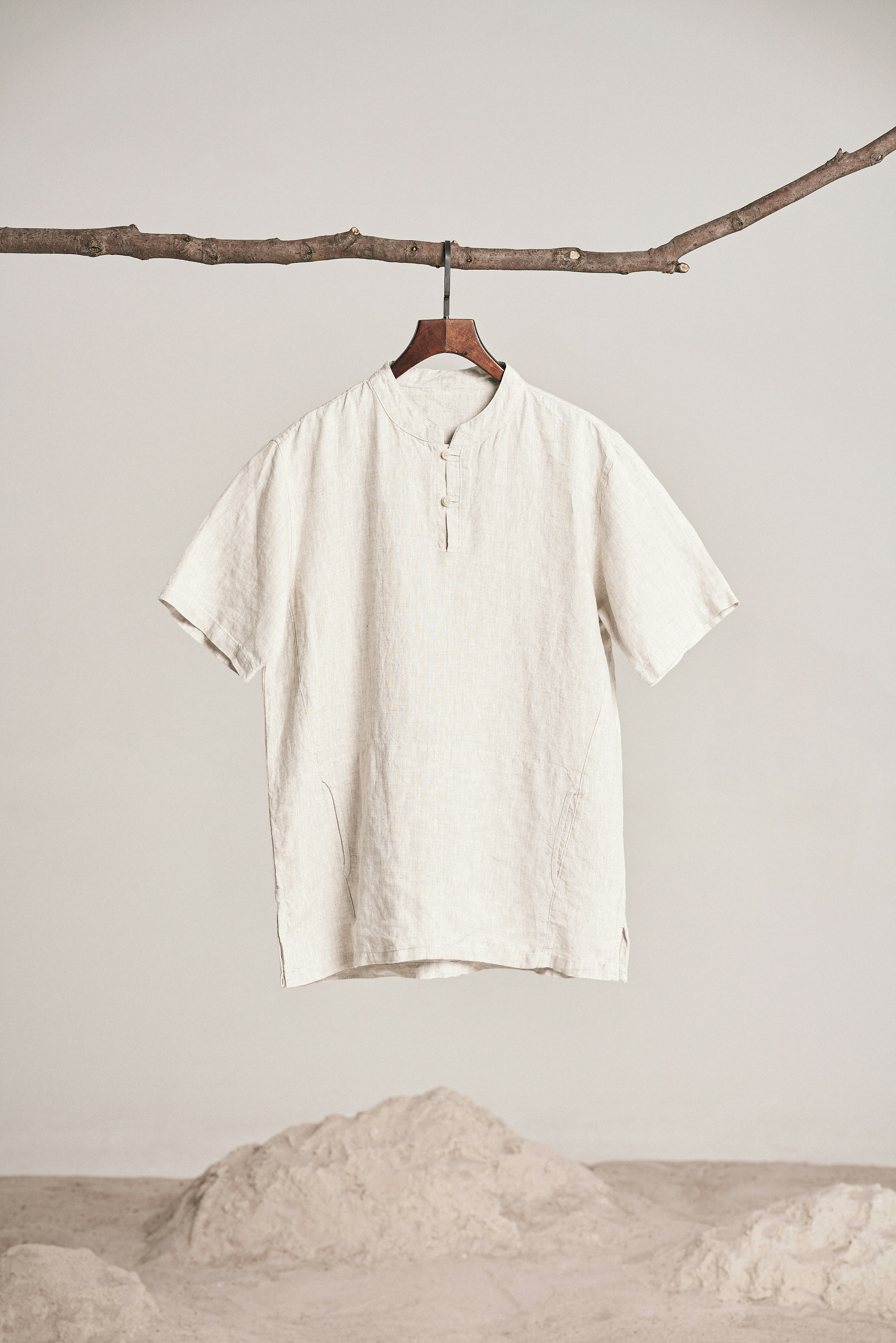
What on Earth Is Fabric Frequency?
Picture this: every item you own—from your cozy cotton socks to that sleek polyester dress—vibrates at its own frequency. Think of it like your clothes having their own musical notes. Natural fibers, like organic cotton, linen, and wool, are believed to play a harmonious tune, while synthetic fabrics, like polyester, are pretty off-key.
In the grand symphony of the universe, everything vibrates, from the tiniest atom to the vast oceans. Natural fibers resonate with a frequency that’s more in tune with our bodies, creating a sense of balance. So, it could be that your favorite organic cotton t-shirt is your favorite because it’s playing the perfect little melody.
The Science Behind It

Studies have shown that natural materials tend to be more breathable, absorbent, and hypoallergenic compared to synthetic fibers. For example, cotton allows air to circulate more freely, which can help regulate body temperature and reduce moisture buildup. Wool is known for its insulating properties, keeping you warm in the winter and cool in the summer. These physical benefits may contribute to the higher vibrational frequency associated with natural fabrics.
The Impact on Health and Well-Being
Advocates of fabric frequency believe that wearing natural fibers can lead to a range of health benefits. These include:
- Improved Energy Levels: Some people report feeling more energized when they wear natural fibers, attributing this to the higher vibrational frequency of the materials.
- Enhanced Mood: Fabrics with a higher frequency can help you feel calmer and more balanced.
- Better Sleep: Wearing natural fibers, such as organic cotton or linen, as sleepwear is thought to promote better sleep quality. These materials are breathable and comfortable, potentially reducing nighttime discomfort and restlessness.
- Reduced Stress: By aligning with the body’s natural energy, high-frequency fabrics may help reduce stress and promote relaxation. This can be particularly beneficial for people who are sensitive to synthetic materials, which might contribute to irritation or discomfort.

Choosing High-Frequency Fabrics
If you’re interested in exploring the potential benefits of fabric frequency, consider incorporating more natural fibers into your wardrobe. Here are a few tips to get started:
- Prioritize Natural Fibers: Look for clothing made from materials like organic cotton, wool, linen, and hemp. These fabrics are not only more sustainable but are also believed to have higher vibrational frequencies.
- Check Labels: When shopping for clothes, always check the label to ensure the fabric is made from natural materials. Be wary of blends that include a high percentage of synthetic fibers. Blending organic cotton with polyester completely defeats the purpose.
- Consider Organic Options: Organic fabrics are made without the use of harmful chemicals, which could lower the vibrational frequency of the material. Opting for organic cotton or wool can further enhance the potential benefits.
- Mind Your Skin: Pay attention to how different fabrics make you feel. If you notice irritation, discomfort, or a drop in mood when wearing synthetic materials, it might be worth transitioning to natural fibers.
Final Thoughts
While fabric frequency may not yet be a mainstream concept, it’s an intriguing idea that’s worth exploring, especially if you’re interested in holistic living. By choosing high-frequency fabrics, you could potentially enhance your well-being, improve your mood, and even boost your energy levels. Whether or not you fully embrace the concept, making mindful choices about the materials you wear is a step towards a healthier, more balanced life.
Incorporating natural fibers into your wardrobe not only benefits your health but also contributes to a more sustainable and eco-friendly lifestyle—an essential consideration for anyone committed to holistic living.




